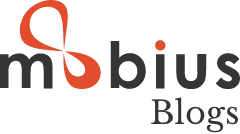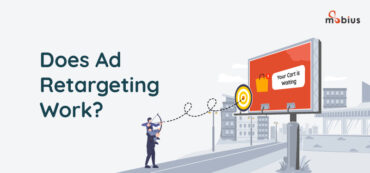The amount of human generated data on Earth is set to grow from around 4.4 zettabytes in 2010 to 44 zettabytes by 2020 according to IDC’s annual Digital Universe. There are an estimated 4,000 dotcom sites being created every day. In business and governance alike, data provides evidence, objectivity and helps unlocks insights. This should make the CIO all excited about the future, but is that the situation?
The virtual world has come a long way, from the days of “read-only web”, where users could only search for information and read it, to the present generation where machines have started to create and exchange their own data. The second generation Internet or Web 2.0 added interactivity and rich media to the static web, thereby giving rise to social media, while the third generation Internet (Web 3.0) bridged human web users and computer applications.
These three generations of Internet have created a vast wealth of information, which is available for consumption and therefore changing the way we do things. For example, owing to the huge availability of data on the Internet, E-commerce is no longer restricted to uses like encashment and fulfillment. E-commerce now serves a rich repository of merchandise information, market share, pricing dynamics, purchasing behavior, user preferences and targeted marketing. With the bloom of social media as a current awareness medium, users get to generate information in the form of sentiments, preferences and opinions. This has transformed the way retail and ecommerce was looked upon.
Elsewhere a silent revolution has been taking form across the globe with governments gradually going online with the Open Data initiative. The data that’s being unveiled and disseminated openly involves a mind-boggling range of policy areas that touch on citizens’ lives. This data is available for anyone to use and can be used to build new businesses, generate revenue, develop new products, conduct research or empower consumers: data like simple stuff like maps, postcode areas, land ownership, procurement data, contracts, licenses weather readings, demographics, and legal and regulatory matters.
Open data, along with the public domain, are now a part of the CIO toolkit. Individuals, organizations and communities, all have a stake in engaging with data and collaborating with one another to draw insights. The vast potential of open data is not only to increase transparency and accountability of institutions, but also to help create real economic value both for companies and individuals. McKinsey Global Institute predicts that the use of open data could lead to the creation of $3 trillion or more in annual value across the global economy. There is much value in transformation of open data into actionable business intelligence.
Unlocking the public domain’s value is however a challenge. For example, the US has more than 20,000 information system at both federal and state level. The data is in silos, often messy and riddled with structural inconsistencies. With so much of data on hand, achieving standard data quality and accuracy levels is a challenge. Even if these issues are resolved, there’s still the issue of making right connections between data silos to draw the meaningful insight.
The 44 zettabytes of information will include wider and deeper footprints of nations, organizations, businesses, people, media and more. Everybody is looking for magic keys to the treasure that lies in leveraging web data aggregation, cross-domain collaborations, data science, virtualization and visualization. And, the MAGIC lies in getting the most out of the public data and gain the insight to best leverage the potential that previously was undiscovered. Based on Mobius’ expertise in doing this for a decade for global companies, we have realized this requires the right set of technology tools, deep understanding of the web data along with its opportunities and challenges as well as the expertise to put together a practical solution. The CIOs who focus on this will be certainly creating a new level of competitive advantage for their companies and an enviable suite of skills for themselves. They will be seen as CIOs 2.0.







